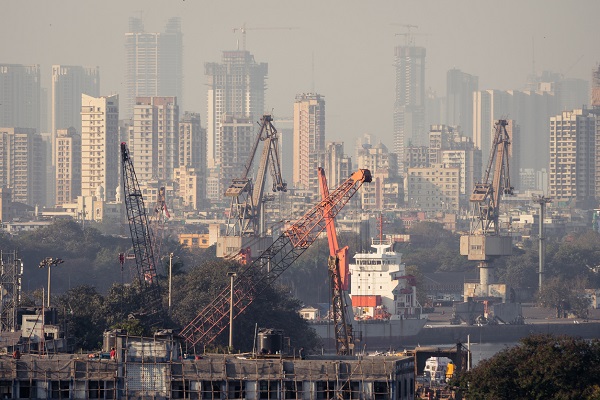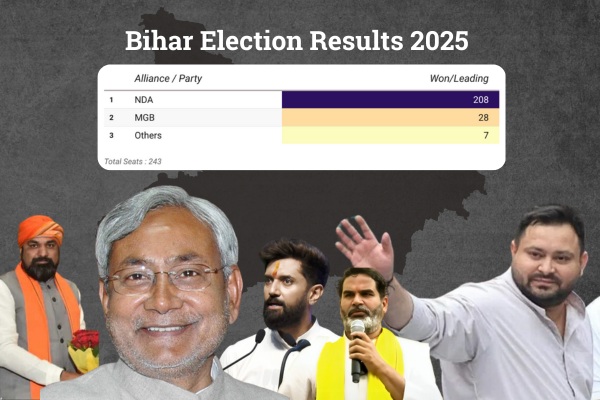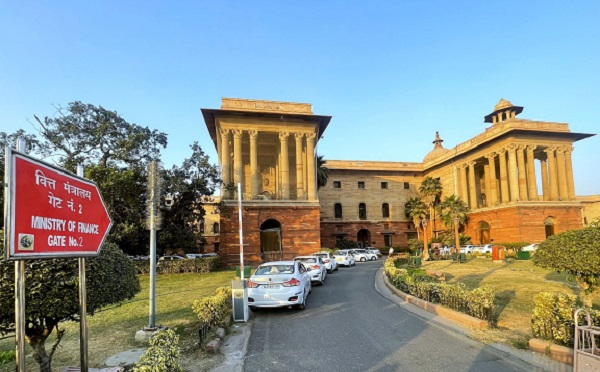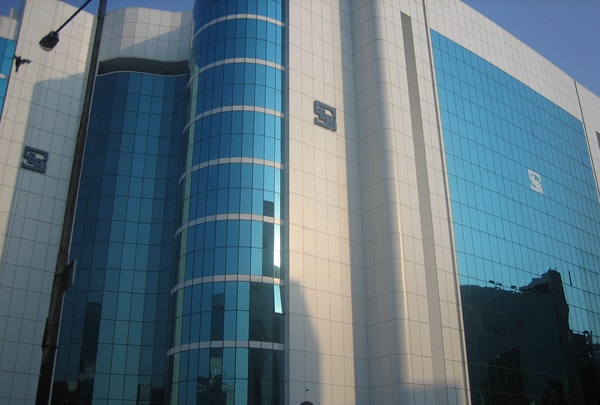.png)
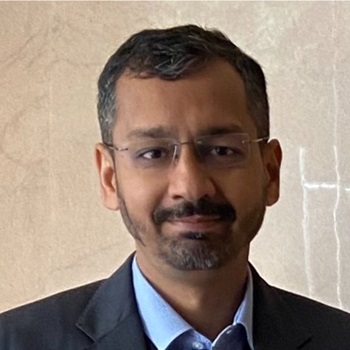
Dr. Srinath Sridharan is a Corporate Advisor & Independent Director on Corporate Boards. He is the author of ‘Family and Dhanda’.

Kirti Tarang Pande is a psychologist, researcher, and brand strategist specialising in the intersection of mental health, societal resilience, and organisational behaviour.
November 14, 2025 at 10:35 AM IST
India’s economic ascent is undeniable. GDP growth for 2025–26 is projected between 6.3% and 6.8%. Capital expenditure remains strong, inflation is easing, and India has overtaken Japan to become the world’s fourth-largest economy. Forecasts suggest the country could add nearly a trillion dollars to its GDP every 18 months and become the world’s third-largest economy by 2030.
Yet growth, in itself, is not coherence. The real question is not whether India can grow big — it already is — but whether it can grow right. The difference lies in whether scale is matched by substance, and whether visible expansion is mirrored by trust in the system.
Across our cities, the imbalance shows. The air turns toxic each winter, waste outpaces collection, and drainage systems collapse after a single downpour. We have mastered the art of building but not the discipline of maintaining. Expansion has become a habit; evolution still feels like an aspiration.
Economies, like people, can develop behavioural distortions. Overconfidence, short-term focus and herd behaviour are not just market traits; they shape public policy too. When optimism turns into self-congratulation, attention drifts from fundamentals. Growth then becomes performance, not progress.
Sustainable progress depends on three kinds of trust — in institutions, in fairness, and in one’s own future. When any erode, societies channel energy into defence rather than creation. Hoarding, evasion and speculation replace investment, enterprise and innovation — invisible leakages of national morale.
Growing big is easy to measure. It fits neatly into dashboards and PowerPoint slides, producing visible milestones — airports, expressways, ports and corridors — symbols of ambition. Growing right is harder. It lives in unglamorous details that rarely make news: the bus that arrives on time, the drain that quietly prevents flooding, the waste system that works without complaints, and governance that delivers without seeking applause.
Yet our lived economy remains uneven. Consumption growth is modest, manufacturing patchy, and job quality inadequate for the scale of expansion. Finance and the real economy have started to diverge. The financial system reflects imagination, but imagination needs grounding. When markets outrun productivity, bubbles form; when productivity lags aspiration, confidence frays. The health of an economy rests not only on numbers but on how believable its story feels to those living it.
The civic environment mirrors this imbalance. Delhi’s air crisis, Bengaluru’s waste struggles and Mumbai’s civic chaos are not separate failures but symptoms of ambition outpacing attention. We have begun to mistake dysfunction for resilience.
Emotional Infrastructure
Economists speak of human capital; psychologists would call it emotional infrastructure — the network of trust, dignity and belonging that sustains productivity. When people feel secure and respected, they innovate. When they feel unseen, they retreat into caution. The Economic Survey itself highlighted the link between well-being and output.
Empathy in policy is not softness; it is precision. It means reducing friction in compliance, making digital systems intuitive, and designing safety nets that dignify, not stigmatise. The success of skilling missions, AI transitions and green-growth programmes will depend less on technology than on reassurance. Citizens must experience change as empowerment, not displacement.
The risk now is fatigue. When progress becomes an endless race, purpose yields to pressure. Strong GDP numbers coexist with anxiety about jobs and social mobility. When growth fails to create dignity, people work harder yet feel poorer in meaning. The economy may keep running, but confidence becomes brittle. A nation under constant performance pressure may look resilient but feel restless within.
Qualitative growth — built on trust, fairness and institutional reliability — will define India’s next stage. Policy must behave like an adaptive system, identifying weaknesses, encouraging feedback and learning in real time. India’s green transition, fiscal decentralisation and startup ecosystem already show early signs of such maturity. When citizens feel their participation matters, compliance becomes voluntary and optimism becomes energy.
An economy’s strength rests on emotional literacy — the capacity to understand how people experience prosperity. Citizens act not only from incentive but from identity. They must believe that growth is both attainable and just.
It is estimated that India could become the world’s second-largest economy (PPP basis) by 2038. Yet a civilisation that industrialises without internalising equity merely amplifies its old hierarchies.
Growing right measures maturity. For Viksit Bharat to mean something tangible — in a child’s lungs, a worker’s commute, or a family’s monsoon — India must strengthen its instincts.
Basics before bravado.
Conscience before capital.
True progress will come when growth feels not just faster but fairer — not just big, but right.
